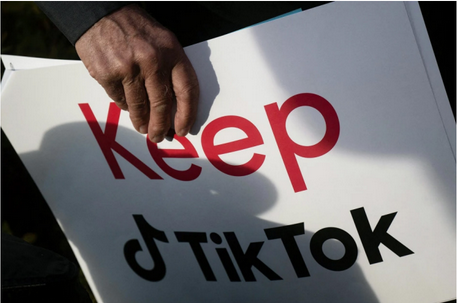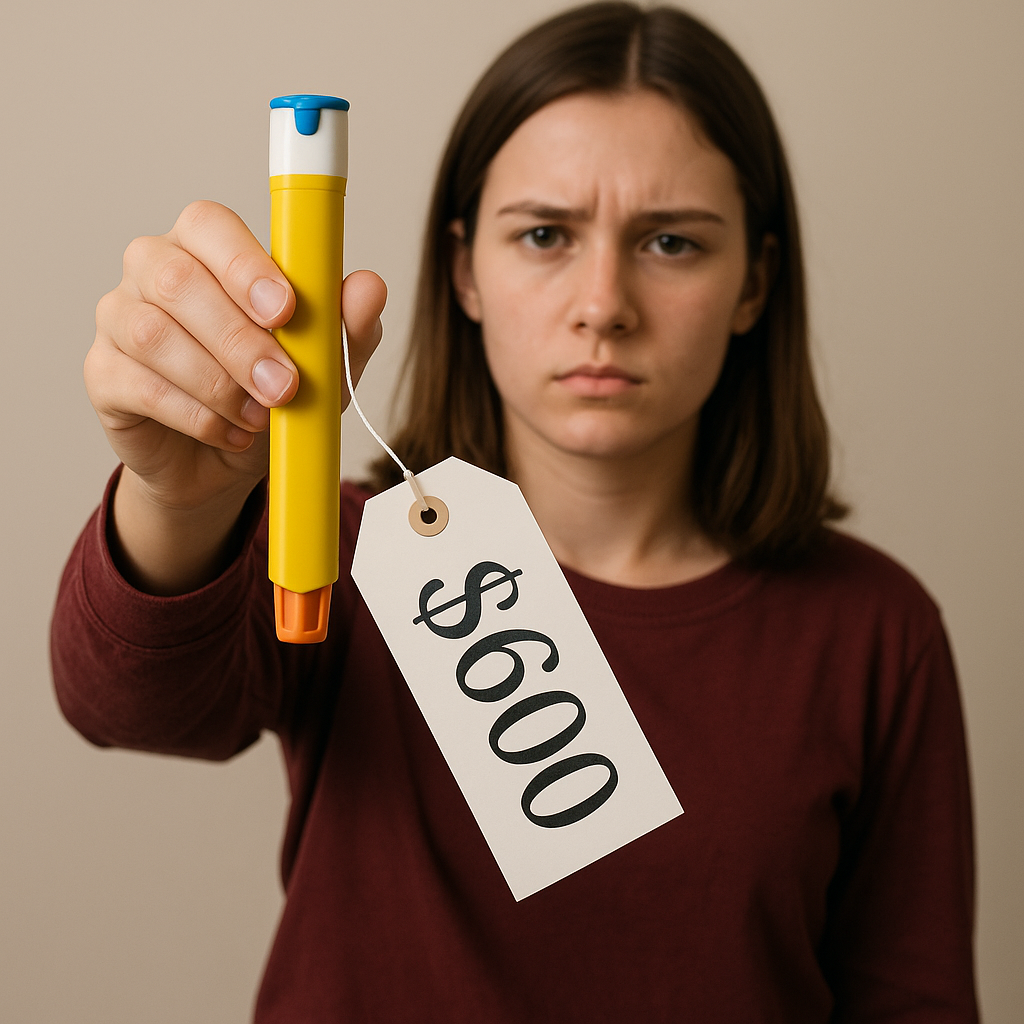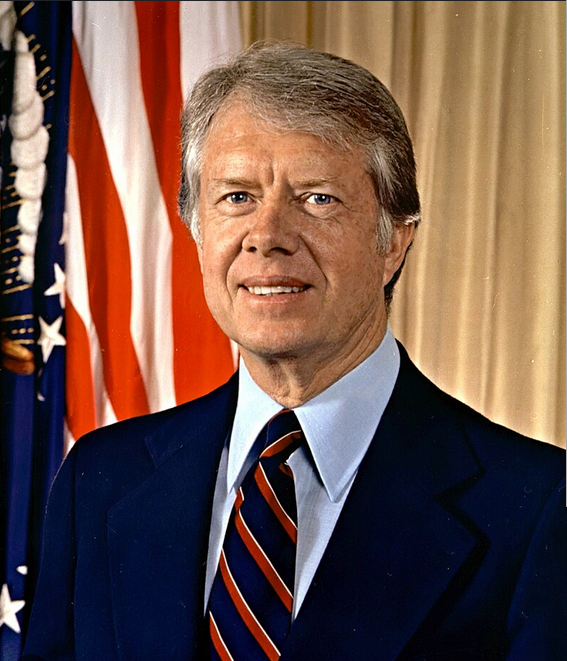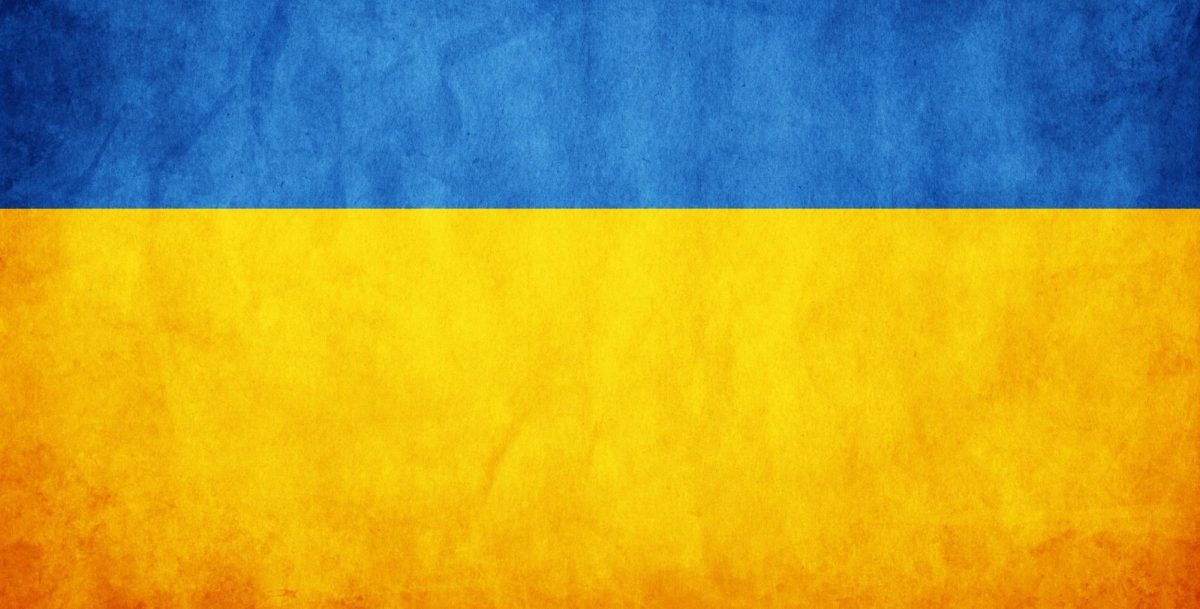On January 18th at around 10:30 PM, the app TikTok was officially banned in the United States. When opening the app after 10:30 PM, a message appeared on your screen stating, “We regret that a U.S. law banning TikTok will take effect on January 19 and force us to make our services temporarily unavailable. We’re working to restore our services in the U.S. as soon as possible, and we appreciate your support. Please stay tuned.”
Only 17 hours later, TikTok flickered back to life with a new message explaining, “Thanks for your patience and support. As a result of President Trump’s efforts, TikTok is back in the U.S.! You can continue to create, share, and discover all the things you love on TikTok.”
TikTok’s ban has been confusing. TikTok is owned by the Chinese company ByteDance. The U.S. government suspects that ByteDance is stealing American data, influencing Americans, and using TikTok as a surveillance tool for the Chinese government.
In October of 2019, suspicions of the app stealing American data started to grow. The Pentagon strongly encouraged military personnel to delete the app in December of 2019. The military’s doubts did not stop TikTok’s growth. In 2020, during the pandemic, TikTok started to take off with viral dances, memes, and audios.
On August 6, 2020, President Donald Trump issued an executive order stating
that TikTok was a threat to American national security and ordered a ban on American companies transacting with TikTok. ByteDance then sued the U.S. government to stop the ban. The ban was halted when Joe Biden was elected in November of 2020. In February of 2021, President Biden postponed the legal cases involving Trump’s plan to ban TikTok.
However, concerns about TikTok continued to grow. In December of 2022, FBI director Christopher Wray announced that TikTok was a national security threat. In February of 2023, the FBI gave federal agencies thirty days to delete TikTok from all government-issued devices due to the growing suspicion that China was stealing American data.
Then, in March of 2023, TikTok’s CEO, Shou Zi Chew, a Singaporean citizen, met with Congress to try to dissuade its members from banning TikTok. Those efforts failed. Just one year later, in March of 2024, Congress passed and President Biden signed a bill banning TikTok from American devices unless ByteDance sold its interest in TikTok to an American company no later than January 18, 2025. No sale occurred and the Supreme Court upheld the national ban. Because of this, on January 18, 2025, TikTok was officially “banned.”
But in a mere twelve hours, TikTok was unbanned because President Trump – who was about to be inaugurated for his second term – had agreed not to enforce the law for 75 days to provide time to make a deal that would allow TikTok to be used in the United States.
So what does this all mean for TikTok’s future? It is hard to say. Ironically, the President who first sounded the alarm about TikTok has granted it more time, going directly against his executive order. There have been news reports that President Trump (who loves his social media) loved the “Trump dance” and other pro-Trump memes that proliferated during the 2024 presidential campaign.
He also reportedly wanted TikTok users to be able to cover his inauguration and has become decidedly pro-tech, winning support from Elon Musk (CEO of X, Tesla, and Space-X), Mark Zuckerberg (CEO of Meta), Jeff Bezos (CEO of Amazon), and Tim Cook (CEO of Apple). It’s difficult to say whether ByteDance will sell TikTok, TikTok will be banned, or the Trump administration will continue to delay implementation of the ban.






